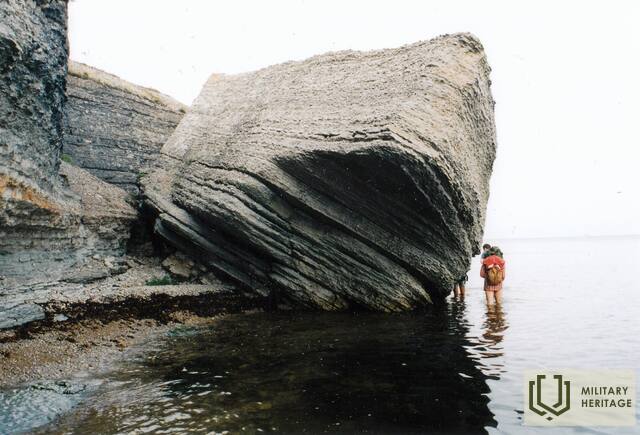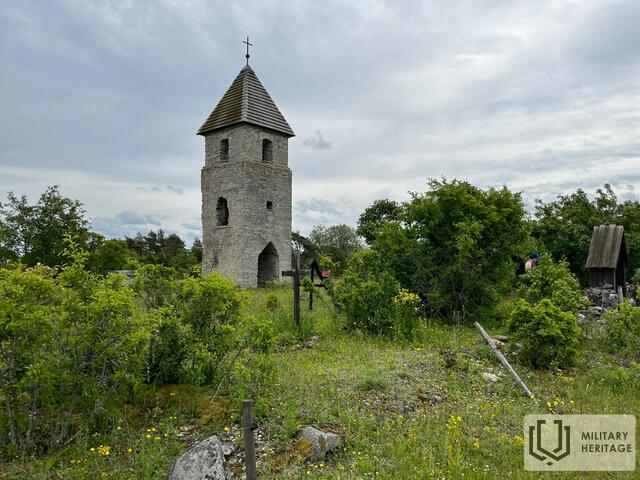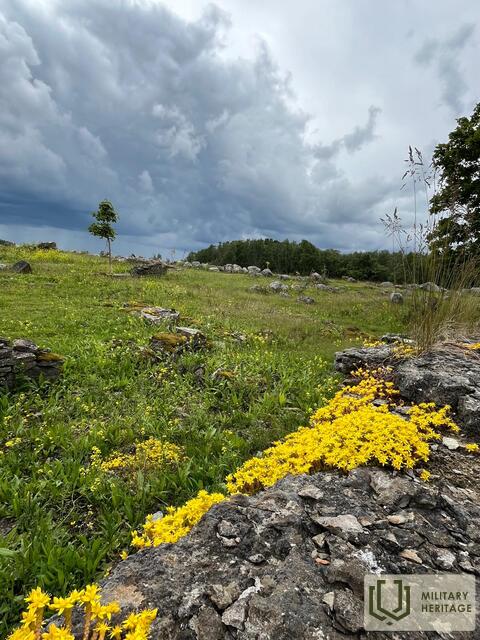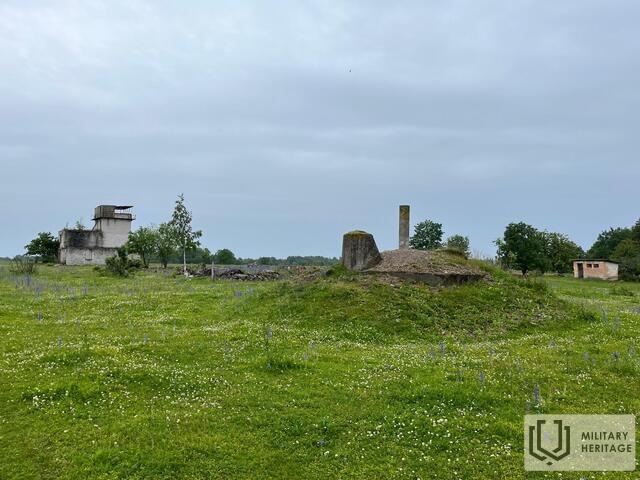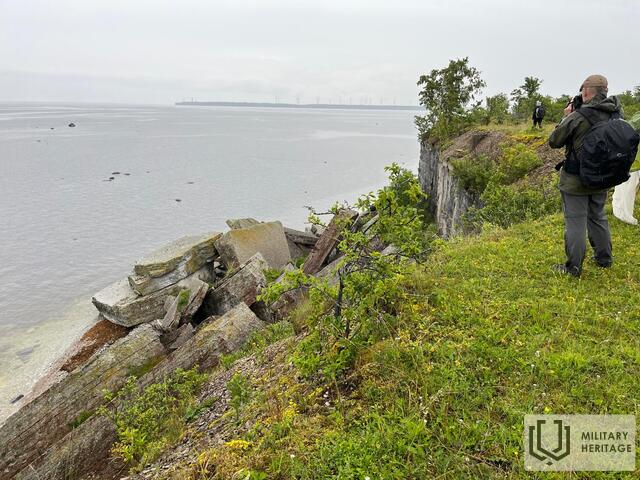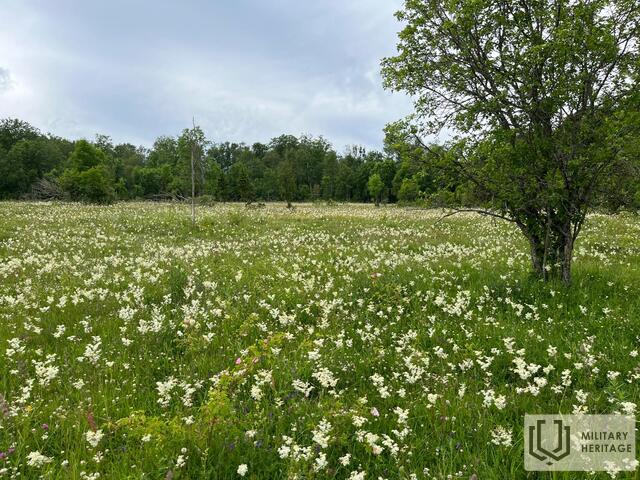Pakri Islands - Soviet aviation target range
Infrastructure



The Pakri Islands – Vaike Pakri (Little Pakri) and Suur Pakri (Greater Pakri) – are located in the southern part of the Gulf of Finland, off the town of Paldiski on the northwestern coast of Estonia. These relatively small islands are an example of the historical layering of the military heritage of the Baltic region, especially in the second half of the 20th century, when they were fully militarized as a Soviet aviation training ground.
Historical context and militarization
After the occupation of Estonia in 1940 and the end of World War II, the Pakri Islands came under direct military control of the Soviet Union. They were completely cleared of civilian population – the Swedish and Estonian owners who inhabited the islands were forcibly relocated to the mainland or expelled. This was a typical example of the militarization of the Baltic Sea coast during the consolidation of Soviet power.
The Soviet army created an aviation target range on these islands. Aviation bombers and attack aircraft trained here - aircraft from the continent (especially from the Paldiski base) carried out training bombing, destroying targets located on the islands. Special concrete and metal target imitations were built, as well as observation and command posts. The relief and geographical isolation of the islands made them an “ideal” training range, where the destruction caused by explosions and bombing did not threaten the civilian population and infrastructure on the continent.
Material evidence of military heritage
Today, the Pakri Islands are practically an open-air museum where you can study the military infrastructure of the Cold War. The islands are home to concrete target imitations, bomb craters, fragmented structures, ruins of bunkers and observation posts. Unexploded ordnance is also found in several places - despite periodic mine clearance operations, completely safe movement is not guaranteed. This makes these islands not only an interesting, but also a dangerous place of military heritage.
The islands also illustrate the Soviet military's engineering approach: the construction of the training ground was functional, standardized, and highly durable, with minimal concern for the local environment or cultural heritage. At the same time, it was this massive, often excessive construction that made the Soviet military legacy so enduring – even decades after the training ground was closed, its traces are clearly visible.
Eviction of people and transformation of the cultural landscape
The militarization of the Pakri Islands also meant a complete transformation of the cultural landscape. The local population, who had lived there for centuries (with strong Swedish settler traditions), lost their native environment. The islands became a closed military zone, where civilian life was erased from the map – a typical example of Soviet strategic space.
The time of independence and the tragic incident
As Estonia regained its independence, the Soviet army began to abandon Paldiski and Pakri islands. However, the military legacy did not disappear overnight. In the 1990s, attempts were made to take control of these dangerous and abandoned territories. One of the most tragic episodes occurred in March 1997: a unit of the Estonian police and border guard special forces tried to reach Suur Pakri island by walking along a shallow seabed. Strong winds and icy water made the conditions fatal – several trained men drowned.
Legacy and future
Today, the Pakri Islands are a protected nature reserve. The peculiar irony is that the long military isolation actually helped preserve biodiversity – the departure of humans allowed nature to reclaim the area. However, the risks of contamination from the Soviet landfill and unexploded ordnance remain a real problem.
The Pakri Islands are a vivid example of the problematics of post-military heritage in the Baltics: here, traces of strategic history, forced displacement and loss of identity, ecological degradation and, at the same time, unexpected natural regeneration meet. They are also material evidence of the geopolitical space of the Cold War – of how small islands could become instruments of global military interests and how this past continues to influence our view of landscape and history.
Given the potential danger, it is recommended to visit the Pakri Islands accompanied by a local guide.
Used sources and references:
Sea safari around the Pakri islands, https://visitestonia.com/en/sea-safari-around-the-pakri-islands




